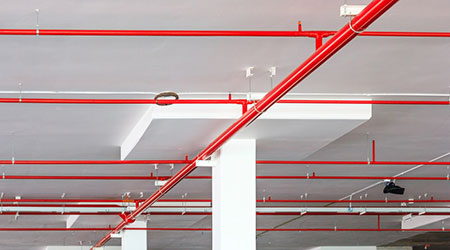One of the most effective ways to reduce unnecessary costs in building projects is to develop specific plans for fire protection, as well as integrating approving authorities into the early development stages of a building’s design, according to an article from Building Operating Management on the FacilitiesNet website.
Although early fire protection planning is becoming more common, too often fire protection design is still something of an afterthought when compared to other building trades.
Unfortunately, discovering difficult-to-navigate codes, standards, ordinances, and authorities having jurisdiction (AHJs) late in the construction process can result in unnecessary — and sometimes budget-breaking — expenditures.
Fire suppression and alarm systems, fire protection water supply, and life safety features, as well as approving authorities’ knowledge and interpretation of the requirements for each, should be understood and considered during a project’s conception.

 How Efficiency Checklists Help Hospitals Save Energy, Water and Money
How Efficiency Checklists Help Hospitals Save Energy, Water and Money Designing with Heart: Seen Health Center Blends Cultural Warmth and Clinical Care
Designing with Heart: Seen Health Center Blends Cultural Warmth and Clinical Care Rutgers Health and University Hospital Breaks Ground on Campus Expansion
Rutgers Health and University Hospital Breaks Ground on Campus Expansion What to Consider When Modernizing Healthcare Facilities
What to Consider When Modernizing Healthcare Facilities Corewell Health Beaumont Troy Hospital to Build New Tower
Corewell Health Beaumont Troy Hospital to Build New Tower